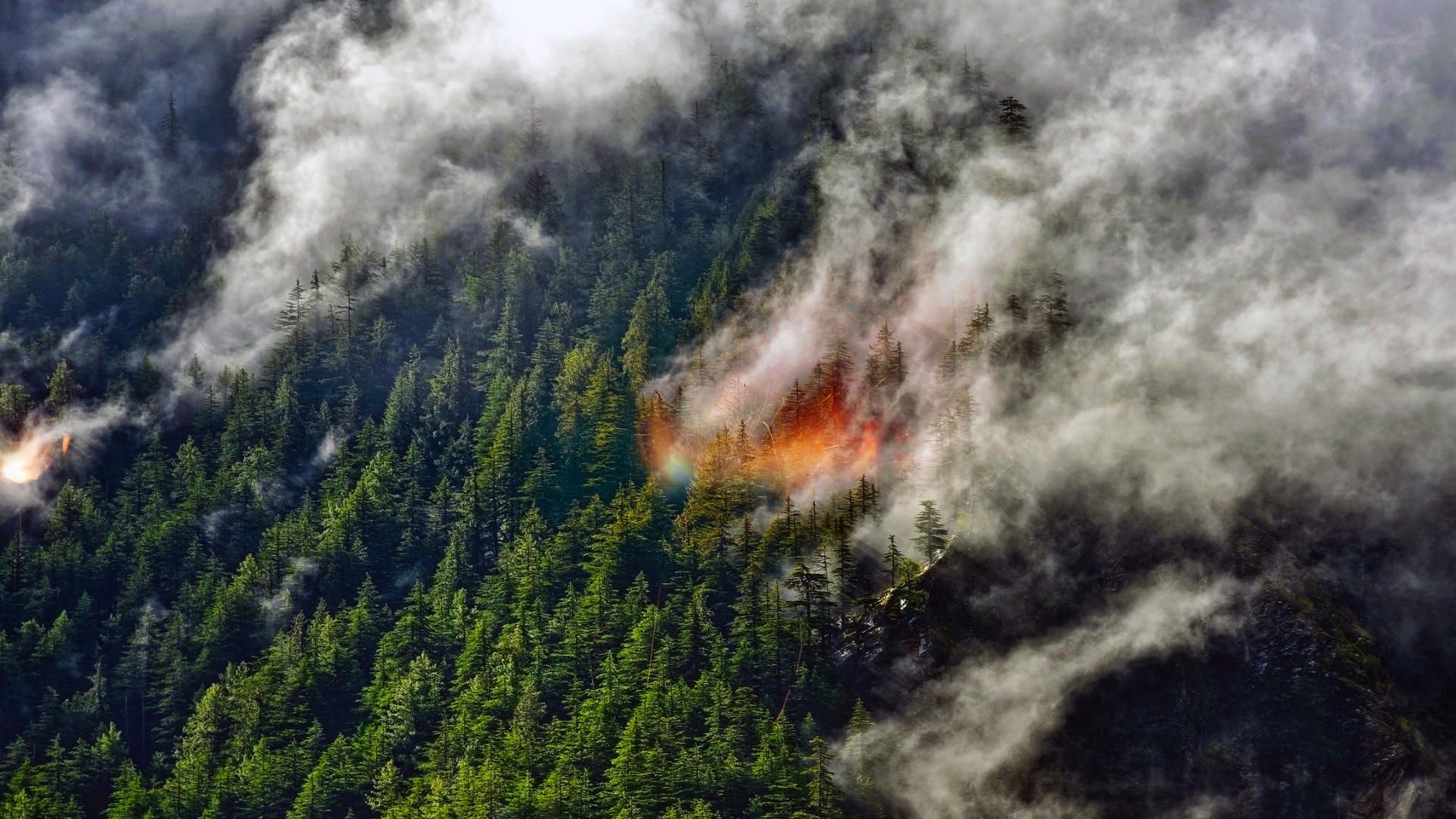Sunspot Activity at 8,000-Year High
Sunspots have been more common in the past seven decades than at any time in the last 8,000 years, according to a new historic reconstruction of solar activity.
Many researchers have tried to link sunspot activity to climate change, but the new results cannot be used to explain global warming, according to the scientists who did the study.
Sunspots are areas of intense magnetic energy. They act like temporary caps on upwelling matter, and they are the sites of occasional ferocious eruptions of light and electrified gas. More sunspots generally means increased solar activity.
Sunspots have been studied directly for about four centuries, and these direct observations provide the most reliable historic record of solar activity. Previous studies have suggested cooler periods on Earth were related to long stretches with low sunspot counts. From the 1400s to the 1700s, for example, Europe and North America experienced a "Little Ice Age." For a period of about 50 years during that time, there were almost no sunspots.
But a firm connection between sunspot numbers and climate remains elusive, many scientists say.
Better record
The new study, led by Sami Solanki of the Max Planck Institute in Germany, employed a novel approach to pinning down sunspot activity going back 11,400 years:
Breaking space news, the latest updates on rocket launches, skywatching events and more!
Cosmic rays constantly bombard Earth's atmosphere. Chemical interactions create a fairly constant source of stuff called carbon-14, which falls to Earth and is absorbed and retained by trees. But charged particles hurled at Earth by active sunspots deflect cosmic rays. So when the Sun gets wild, trees record less carbon-14.
While trees don't typically live more than a few hundred years or perhaps a couple thousand, dead and buried trees, if preserved, carry a longer record, "as long as tree rings can be identified," said Manfred Schuessler, another Max Planck Institute researcher who worked on the study.
The study's finding: Sunspot activity has been more intense and lasted longer during the past 60 to 70 years than at anytime in more than eight millennia.
Sunspot activity is known to ebb and flow in two cycles lasting 11 and 88 years (activity is currently headed toward a short-term minimum). Astronomers think that longer cycles -- or at least long-term variations -- also occur. Scientists in other fields have shown that during the past 11,000 years, Earth's climate has had many dramatic shifts.
"Whether solar activity is a dominant influence in these [climate] changes is a subject of intense debate," says Paula Reimer, a researcher at Queen's University Belfast who wrote an analysis of the new study for Nature. Why? Because "the exact relationship of solar irradiance to sunspot number is still uncertain."
In general, studies indicate changes in solar output affect climate during periods lasting decades or centuries, "but this interpretation is controversial because it is not based on any understanding of the relevant physical processes," study member Schuessler told SPACE.com. Translation: Scientists have a lot to learn about the Sun-Earth connection.
Better understanding
The study's methods appear solid: "The models reproduce the observed record of sunspots extremely well, from almost no sunspots during the seventeenth century to the current high levels," Reimer said.
The research could eventually help scientists understand why the climate has changed in the past and allow for better predictions of future change.
"The reconstructed sunspot number will nonetheless provide a much-needed record of solar activity," Reimer said. "This can then be compared with palaeoclimate data sets to test theories of possible solar-climate connections, as well as enabling physicists to model long-term solar variability."
Whatever the result, change is likely to continue.
Solanki's team calculates that, based on history, the chances of sunspot activity remaining at the currently high levels for another 50 years is 8 percent. Odds are just 1 percent the solar exuberance will last through the end of this century.
- Mysteries of the Sun
- Photo of Recent Sunspots
- Sun Cam: See Current Activity

Rob has been producing internet content since the mid-1990s. He was a writer, editor and Director of Site Operations at Space.com starting in 1999. He served as Managing Editor of LiveScience since its launch in 2004. He then oversaw news operations for the Space.com's then-parent company TechMediaNetwork's growing suite of technology, science and business news sites. Prior to joining the company, Rob was an editor at The Star-Ledger in New Jersey. He has a journalism degree from Humboldt State University in California, is an author and also writes for Medium.
